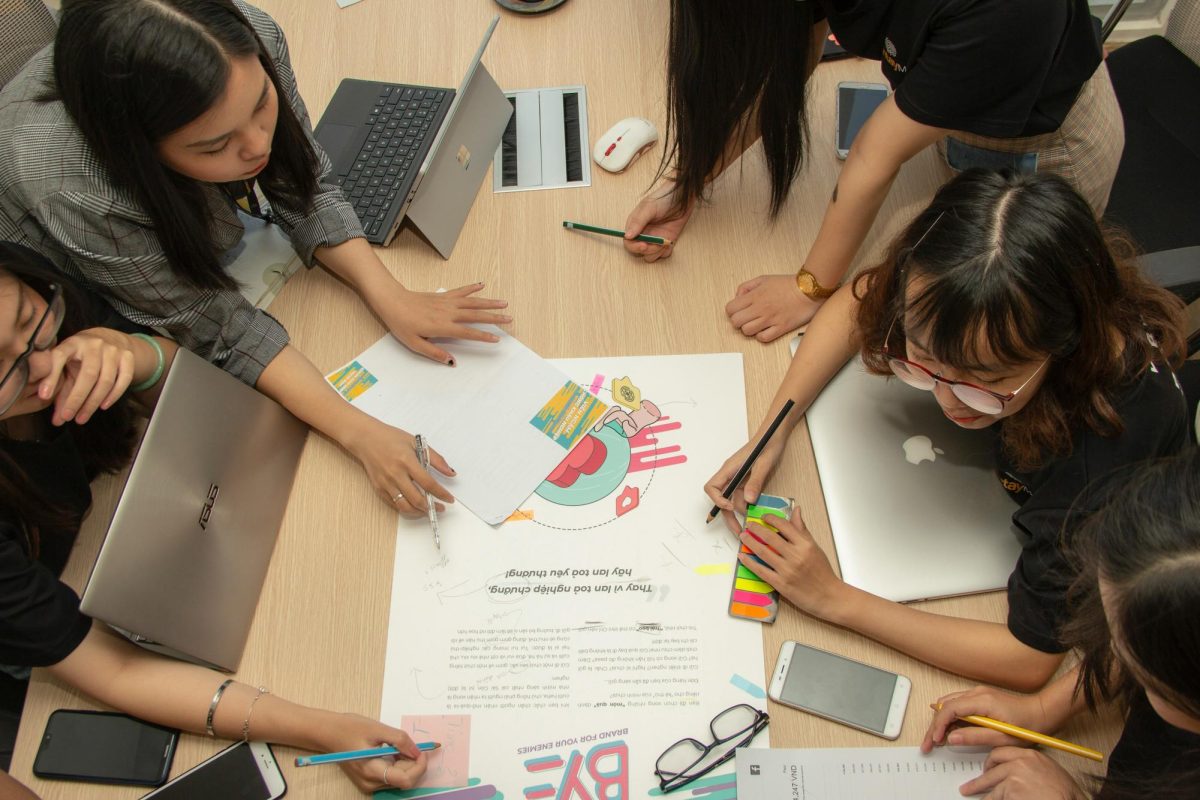During high school, I attended an all-girls private school. Hearing this, one might stereotypically picture four drama-filled years, but I can assure you that my experience was much different. For me and many of my peers, an all-girls education meant a safe space for us to grow our self-confidence and ambition. In an environment with all girls, we were able to experience a new sense of freedom and confidence. With this in mind, U.S. public schools should implement safe spaces for girls throughout their primary and secondary education in order to empower young women.
When girls are exposed to high-achieving male students, they are more likely to lack self-confidence and have lower educational goals. On the other hand, over 88% of female students at single-gender schools report they are comfortable being themselves, with higher self-confidence compared to students in co-education. This is likely due to the supportive atmosphere an all-girls environment brings to young girls. In an all-girls environment, girls are more likely to relate and empathize with their peers, creating a safer space.
An all-girls environment gave me the confidence to raise my hand and speak up both inside and outside of the classroom. This sentiment is shared by nearly half of all female graduates from single-sex educational backgrounds who consider themselves strong public speakers compared to only 39% of female graduates from co-ed schools. If public schools were to implement accessible spaces where girls were free to express their opinions, share their challenges, and be uplifted by other strong girls, it could lead to dramatically positive impacts on girls’ lives. They can go about their education feeling empowered, and in the long run, their careers could greatly benefit from the empowerment they received throughout their academic and personal development.
Furthermore, at the single-sex school I attended, all leadership positions were filled by my female peers. This is rare in co-ed schools, where young girls are less likely to hold student leadership positions. As a result, many girls are raised with the conscious or subconscious belief that it is impossible to rise to senior leadership positions. However, with the implementation of an all-girls environment in a co-ed school, opportunities for girls to experience a non-patriarchal world with more opportunities and support for women leadership are much more attainable. It is up to public schools to create all-girls spaces that are easily accessible to all young girls. With more all-girls spaces available from an early age, the dynamic of gender roles and the effect of the patriarchy can change dramatically.
When it comes to STEM, females are often underrepresented in the field. This may be due to educational biases toward girls in lower education. Teachers show an apparent bias toward boys in science and math classes, whether consciously or subconsciously. A 2012 study found that females are consistently thought lesser of in a school setting because some teachers simply believe STEM subjects are easier for boys. In addition to teachers significantly influencing female students’ success in the classroom, their peers have an impact as well. Studies have found evidence that girls with high-achieving male peers in high school perform worse in science and math courses. In a college environment, one study found that women are less likely to complete a bachelor’s degree when surrounded by high-achieving males. On the other hand, when surrounded by high-achieving girls that all-girls environments promote, women were more likely to earn a bachelor’s degree due to female support. Even when girls are given the opportunity to develop in their own, entirely female, space, they have the opportunity to try things that are not traditionally feminine without the competition of dominating boys – which is why a support space for young girls is needed in primary and secondary co-ed schools.
The organization Black Girls Code supports Black girls who are interested in coding but are scarcely represented in these types of classes compared to boys. Organizations like these pave the way toward a more inclusive educational experience by advocating for young girls and pushing them to explore their interests regardless of the majority represented. It is vital that environments like these be incorporated in the early years of education for the largest benefit. Overall, all-girls’ environments can promote opportunities for girls to excel and experience opportunities they would typically be turned away or discouraged from pursuing in a co-ed environment.
All-girls programs pave the way for the next generation of women leaders and scholars. These programs allow young girls to be free to explore new roles and aspirations in a comfortable environment. They have the power to influence girls well into their adulthood and careers, encouraging them to achieve their goals and go against the norms of society. Public schools must make it their mission to implement these all-girls environments for the sake of young girls, their education, and most importantly their confidence.








Andrea Barclay • Jan 24, 2024 at 8:51 pm
Great article! I loved the stats and the linked info. Really well done.